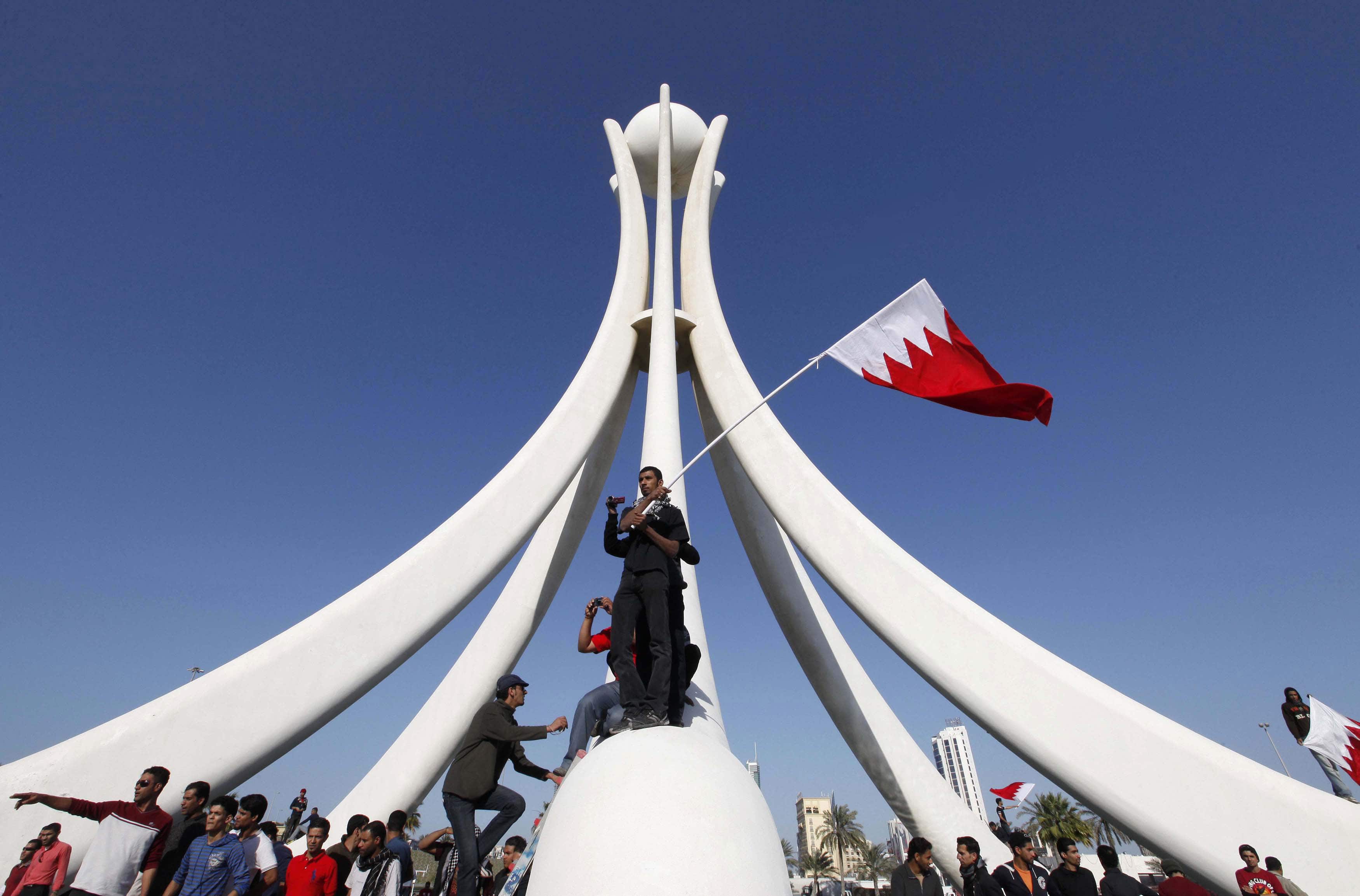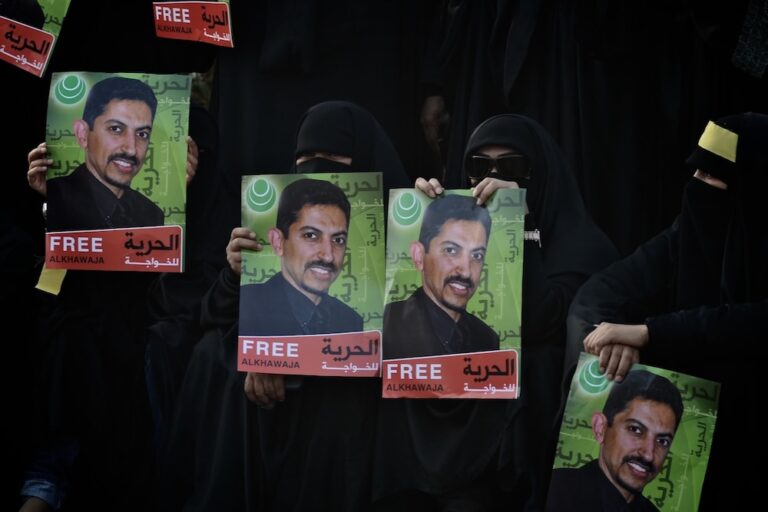Four years ago, government security forces destroyed the Pearl Roundabout, a monument which served as the center of the February 2011 uprising and has since become a symbol of Bahrain's pro-democracy movement.
This statement was originally published on bahrainrights.org on 21 March 2015.
Four years ago on 18 March 2011, government security forces in Bahrain destroyed the Pearl Roundabout, a monument which served as the center of the February 2011 uprising and has since become a symbol of the pro-democracy movement in Bahrain.
At the most recent session of the UN Human Rights Council, the UN Special Procedures published communications they made to the government regarding the destruction of the monument and all imagery related to it. Americans for Democracy & Human Rights in Bahrain (ADHRB), the Bahrain Center for Human Rights (BCHR), and the Bahrain Institute for Rights and Democracy (BIRD) join the Special Procedures in their concern over the destruction of the Pearl Roundabout, and call on the Government of Bahrain to respond to the communication and end its campaign of rewriting history.
The Special Procedures of the United Nations Human Rights Council are a body of independent human rights experts empowered to investigate human rights violations across the globe. In their communication, the Procedures expressed, “concern at what appears to be a policy of removing from public space and public memory the symbol of the pro-democracy movement in Bahrain, and therefore, of preventing the expression of narratives deviating from official discourses regarding the events of February and March 2011.”
The Special Procedures complemented this concern by citing a previous report recommending, “that history teachings and memorial practices foster critical thought, analytic learning and debate, and open spaces to a variety of narratives regarding the past.”
“By not only destroying the Pearl Roundabout but also removing all imagery associated with the monument, the Bahraini government is re-writing history,” said Husain Abdulla, the Executive Director for ADHRB. “The government wants to pretend that the peaceful uprising of February 2011 never happened.”
Security forces have also used images of the destroyed monument to break the spirits of dissenters, particularly those detained for their role in the 2011 protests.
This, along with the disruption of peaceful protests and the total destruction of a cultural symbol, led the Special Procedures to voice their unease regarding, “continued restrictions imposed on the rights of everyone to peaceful expression and peaceful assembly.”
“The government can try to erase the Pearl Roundabout from the country,” said Sayed Ahmed Alwadaei, the Director of Advocacy for BIRD. “However, they’ll never be able to eradicate what the Pearl Roundabout represents: the hope for democracy and change in Bahrain.”
In line with questions raised by the Special Procedures, ADHRB calls for the end of the coordinated destruction and erasure of all imagery associated with the Pearl Roundabout, re-opening the site where the monument was located to the public, and assuring the safety of all people peacefully and legitimately expressing their dissenting opinions.
“We are grateful to the Special Procedures for raising these issues with the government,” said Nabeel Rajab, the President of the Bahrain Center for Human Rights. “We now call on the government to answer the concerns raised in the communication, and restore the Pearl Roundabout’s rightful place in Bahraini history.”
“The government wants to pretend that the peaceful uprising of February 2011 never happened.”
“The government can try to erase the Pearl Roundabout from the country. However, they’ll never be able to eradicate what the Pearl Roundabout represents: the hope for democracy and change in Bahrain.”



